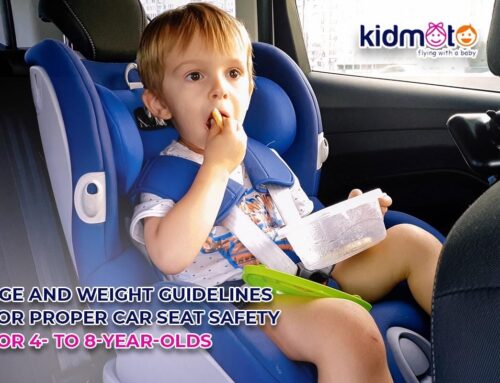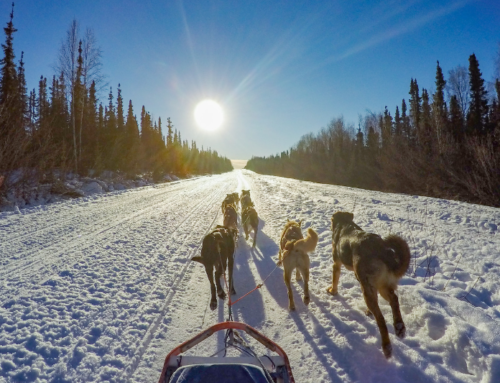Ultra Nerdy Yet Cool Facts About Newton’s Laws Of Motion Involving Baby Seats During Car Crash
To understand the effects of a car accident, firstly, you need to understand the concept discovered by Sir Isaac Newton. Below are Newton’s Laws of motion.
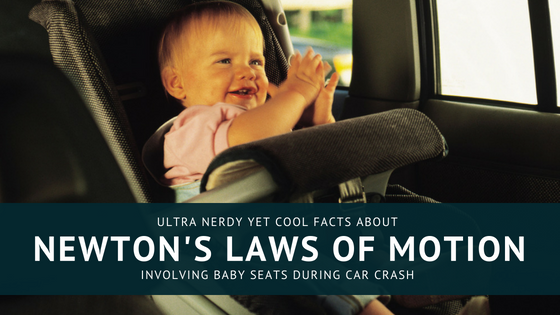
First Law of Motion (Law of Inertia)
The law states that “An object at rest will remain at rest unless acted on by an unbalanced force.”
Second Law of Motion
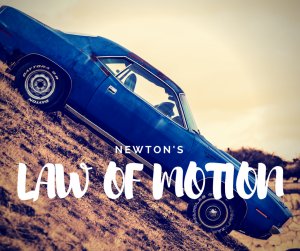
“Acceleration is produced when a force acts on a mass. The greater the mass (of the object being accelerated) the greater the force needed (to accelerate the object).”
Third Law of Motion
“Acceleration is produced when a force acts on a mass. The greater the mass (of the object being accelerated) the greater the force needed (to accelerate the object).”
There are two kinds of collisions in physics, namely elastic and inelastic. An elastic collision is one where two vehicles collide and then bounce apart just like what happens when two rubber balls come into contact with each other. An inelastic collision is one where the cars collide but do not bounce away from each other. An example of this is a vehicle smashing into a wall. Certain safety features of automobiles have been made to utilize these forces such as your bumper. At low speeds, the bumper is designed to bump the object that is impacted without resulting into a damage. While in higher speeds, rather than bumping the object that was hit, the force will squash the bumper to release some of the energy from the collision.
According to Newton’s first law, the law of inertia is mostly experienced in vehicles, like cars and trucks. It is the natural movement of objects to keep on doing what they are doing and will stay on its state of motion without an unbalanced force. For instance, a collision of a vehicle with a wall, an unbalanced force acts upon the vehicle to suddenly reduce speed to rest. The passengers in the vehicle, including the child in the baby seat, will also decelerate if they are lashed to the vehicle by seat belts; they share the same state of motion as the vehicle. When the vehicle accelerates, the passengers also accelerate; when the vehicle decelerates, the passengers decelerate with it; and when the vehicle continues at a constant speed, the passengers also continue at that constant speed as well.
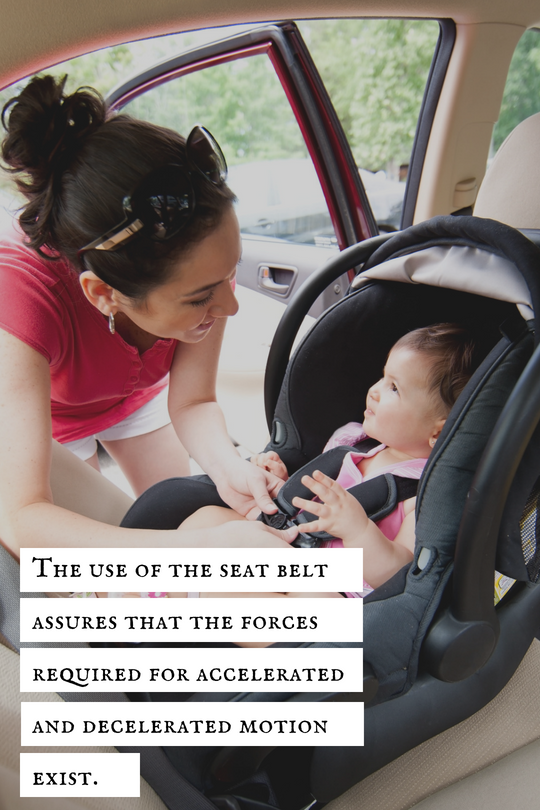
If the child in the baby seat was not wearing a seat belt, the child would no longer share the same state of motion as the vehicle. Seat belts assure the forces needed for accelerated and decelerated motion exist. But, if the seat belt is not used, the child in the baby seat is more likely to keep its state of motion. If the vehicle were to abruptly stop and the seat belts were not being worn, then the child in motion would continue in motion.
The force of a vehicle crash increases when either the mass or the acceleration increases.
Seat belts are used to provide safety for passengers whose motion is influenced by Newton’s laws of motion. The seat belt gives the unbalanced force that brings you from motion to a state of rest. Probably you could guess what would happen when no seat belt is used.
Isaac Newton’s Third Law has to do with seat belts when seat belts are not being used and there is something in front of you such as the dashboard or the seat, the child in a baby seat would fly forward and hit what is in front of it if they are not properly strapped. When you bump into whatever is in front of you, the object you hit will hit you back with the same quantity of force you applied. This is called an action and reaction force. Newton’s third law is the basis of the collision detector which sets off the airbag.
In a front crash, in a rear-facing seat, the baby’s head is protected by the padding and the shell of the car seat. This supports the head and back, limiting the movement of the head on the neck, and reducing the force on the neck. Rear-facing infant carriers offer four types of protection. They should make sure that a baby’s head doesn’t move around, reducing the chance of neck and spine injuries. Additionally, it stops the head banging into other surfaces, such as the car door or window surrounding the baby, glass or other debris in the vehicle.
If babies are not strapped in properly or are in the wrong car seat, they can suffer severe injuries to their neck, spine and internal organs from the force of a crash. Babies’ bodies are different from adults’, as they are not fully developed. In a vehicle, traveling rear-facing is widely known to be the safest way for a small child to travel. In studies, it is safer for all vehicle passengers to travel facing rear. However, the direction or where a child car seat faces is not the only effecting how well your child will be protected.

